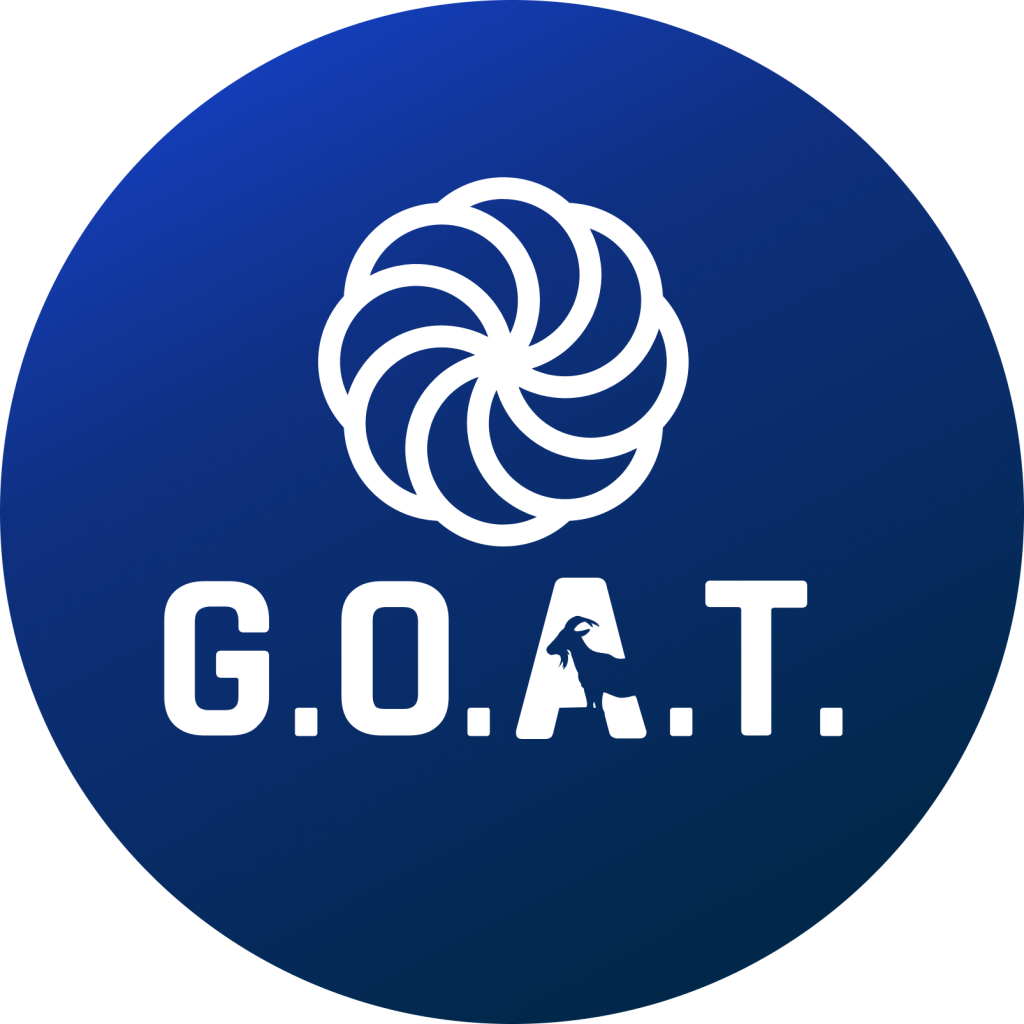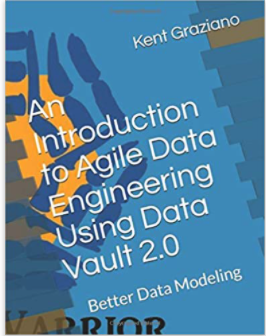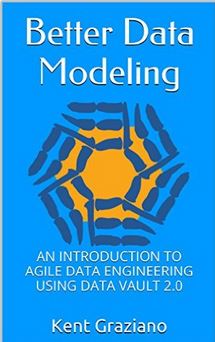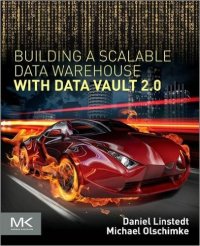All new Data Vault Alliance Forums are open!
Great news for all fans and followers of #DataVault – Ask DVA forums are up and running!
You can sign up at https://forums.datavaultalliance.com
These all new forums are the sanctioned voice of DVA (Data Vault Alliance). That means you can expect the answers will be reviewed and in compliance with data vault standards and best practices as taught by Dan Linstedt and all the authorized DV 2.0 CDVP trainers. Hopefully this will help reduce confusion in the market and assist organizations in successfully applying the approach.
Other (important) details:
- 100% free – to anyone and everyone
- Anyone that has an account can: reply, or post a new topic.
- 100% readable by guests – without ever creating an account
- 100% moderated (by DVA for starters, by a few others that have already agreed to moderate)
- Members can POST POLLS!!!
And better still, the forums are OPEN to both Business and Technical questions!!
You can expect answers to your toughest data vault questions through examples, best practices, and standards.
So why wait? Hop on now and take a minute to view the forums, sign up / register, and possibly ask or reply to questions.
Enjoy!
Kent
The Data Warrior











